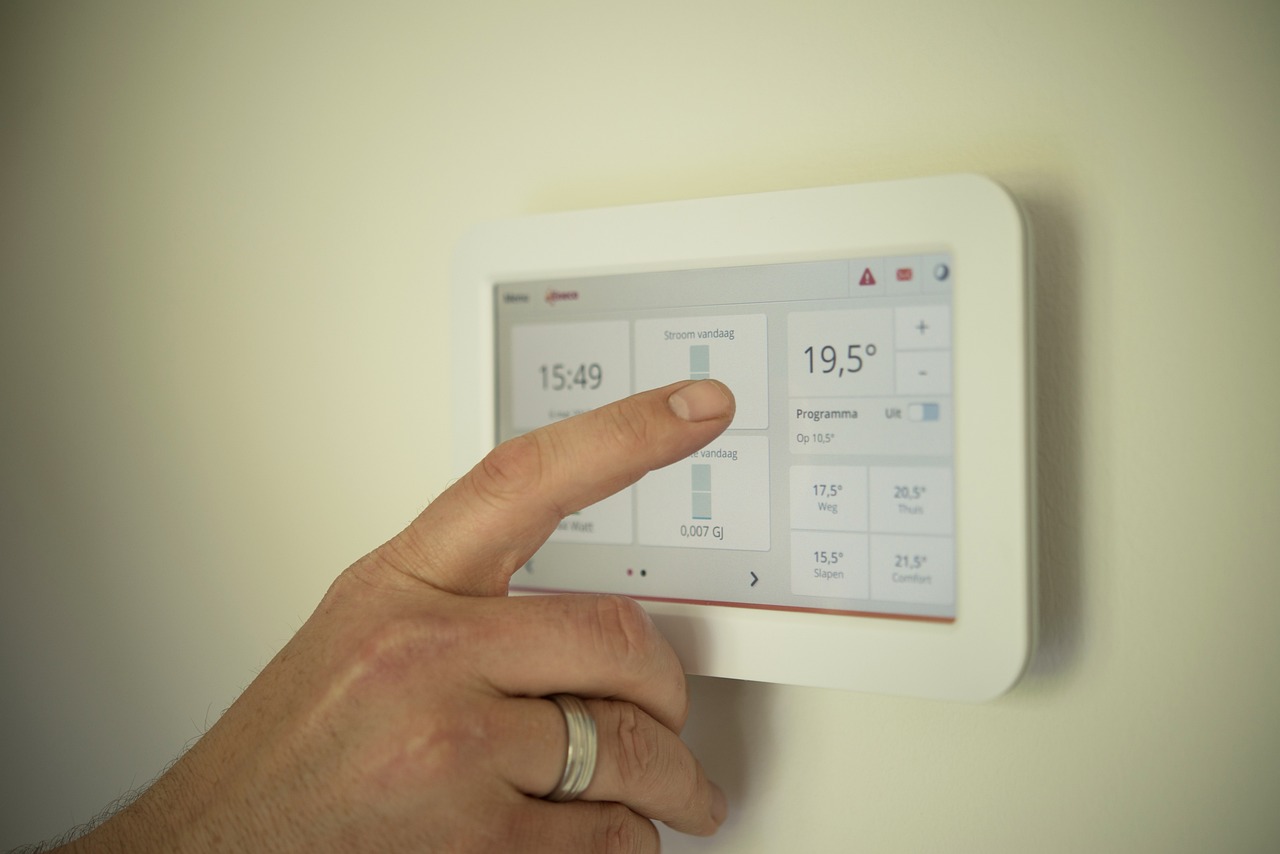6 Proven Ways to Keep Your House Warm and Save Money on Heating Bills

With the cost of energy bills on the rise, it's more important than ever to know how to keep your house warm and reduce your heating costs. While you can't stop the cold, you can take some measures to ensure that your home stays comfortable during the winter without ruining your budget
You can begin by making simple changes to how you use your heat and looking at your windows and doors to see if there are any gaps or drafts. Using a programmable thermostat is also an efficient solution.
Moreover, you can add extra insulation to your home to keep the heat in and the cold out. It's also worth considering if your desired temperature is not too high — layering clothing, warm drinks, and blankets can help reduce the need for heating.
Below, we get into more detail about how to keep your house warm and save money. By following these tips, you can keep your family comfortable all winter long while saving a significant amount on your energy bills.
Inspect Your Heating System
Before the winter season begins, hiring a company offering affordable, professional heating and cooling services to inspect your heating system is a good idea. A thorough inspection will ensure that your system is operating efficiently and there are no potential problems that could cause your energy bills to spike.
If you have an older heating system, consider upgrading to a more energy-efficient model. Newer systems can save you tons of money on your energy bills while providing better heating for your home.
Use a Programmable Thermostat
One of the easiest ways to keep your house warm and save money on your heating bills is to use a programmable thermostat. It will allow you to set different temperatures for different times of the day, so you're not heating your home when there's no need.
You can set your thermostat to a lower temperature when you're asleep or away from home and then raise the temperature an hour or so before you wake up or come home. This way, you're not heating an empty house, and you can enjoy a comfortable temperature as soon as you walk in through the door.
Check Your Windows and Doors
Gaps and drafts around windows and doors are some of the most significant sources of heat loss. If your windows and doors are old or ill-fitting, they may be letting in drafts of cold air. To keep your house warm and reduce your heating costs, you should check these areas and seal any gaps or cracks that you find.
Weather-stripping or caulking can help seal any gaps around your windows and doors without an issue. You may also want to consider adding storm windows or doors for an extra layer of protection against the cold.
Add an Extra Layer of Insulation
If your home is poorly insulated, much of the heat you're paying for escapes through the walls and ceilings. You could add an extra layer of insulation to keep your house warm and reduce heating costs. Doing so will help to keep the heat in and the cold out, making your home more comfortable and saving you money on your energy bills.
There are a variety of insulation materials available, so you can choose the one that best suits your needs. Fiberglass insulation is a popular option, but you may opt for spray foam insulation or cellulose insulation.
Consider Your Desired Temperature
When you're trying to keep your house warm, it's essential to consider your desired temperature. If your thermostat is set too high, you'll use more energy than necessary to heat your home. Instead, try to find a balance between comfort and efficiency.
One way to do this is to dress in layers. This way, you can have your thermostat set to a lower temperature and still be comfortable. You can also take advantage of cozy blankets and throws and drink plenty of warm beverages throughout the day.
Let the Sun In
Sunlight can help to heat your home and reduce your reliance on your heating system. When the sun is shining, open up the blinds and curtains to let the light and heat in. It will help warm up your home naturally and take some of the strain off your heating system.
You can also use solar shades on your windows to help reflect the sun's heat away from your home in the summer and allow it to enter in the winter.
The Bottom Line
There are a number of ways to keep your house warm and reduce your heating costs. The key is finding those that fit your lifestyle and budget.
You can use a programmable thermostat, add extra insulation, or ensure your windows and doors are properly sealed. You should also consider your desired temperature and take advantage of cozy blankets and warm drinks.
By making some simple changes, you can enjoy a comfortable home all winter long while saving money on your energy bills. In today's climate, it's no longer an option to make your home energy efficient — it has quickly become a necessity. Make the most out of this situation to improve the quality of your life and reduce your costs of living.